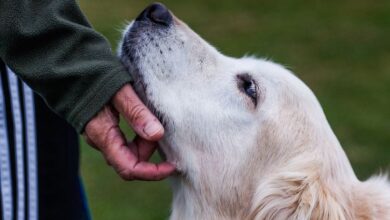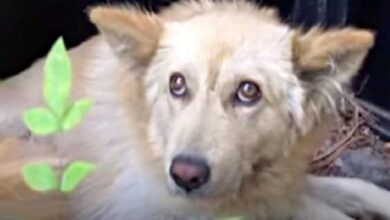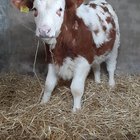How do dogs get Parvo?
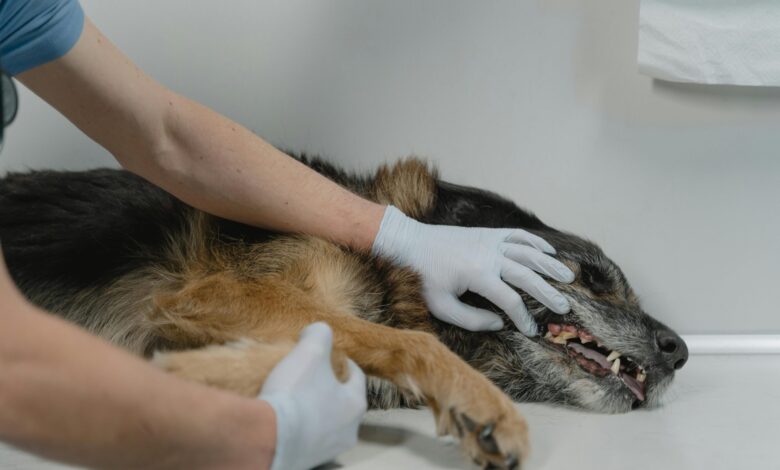
Canine parvovirus (parvo) is a highly contagious and potentially fatal virus in dogs, especially puppies. This virus attacks the digestive tract, leading to vomiting, diarrhea and severe dehydration. It can also affect the heart muscle in very young or unborn puppies. Understanding how dogs get parvo is important for pet owners, as early detection and prevention can save lives. This article will explore how dogs get parvo, common sources of infection, symptoms to watch for, and how to prevent and treat this deadly virus. You can protect your furry friend from this serious health threat by staying informed.

How do dogs get Parvo?
Dogs get parvo through direct or indirect contact with the virus. This virus is shed in the feces of infected dogs and it is incredibly resilient, surviving for months in the environment. Dogs can become infected by sniffing, licking, or eating contaminated feces or objects. Parvovirus can also be brought into the home through shoes, clothing, or other items that have come into contact with infected feces. Puppies and unvaccinated dogs are especially susceptible to parvo due to their weaker immune systems. Knowing how dogs get parvo is the first step to preventing the spread of the disease and ensuring your dog stays healthy.
Learn 5 essential facts about Parvo in dogs
Common sources of Parvovirus infection
- Public area: Places like dog parks, sidewalks, and kennels where many dogs frequent can be hot spots for parvo. The virus can survive for a long time on surfaces such as grass, soil and concrete.
- Contaminated objects: Food and water bowls, leashes, collars, and even toys can all contain the virus if they come into contact with infected feces.
- Other dogs: Dogs contract parvo through direct contact with an infected dog. This can happen during play, grooming or even brief encounters.
- Human carrier: After coming into contact with contaminated areas, people can accidentally bring the virus into their homes on their hands, clothes or shoes.
By understanding these common sources, you can take proactive steps to minimize your dog’s exposure to the virus.
Symptoms of Parvovirus in Dogs
Recognizing the symptoms of canine parvovirus is important for early intervention. Symptoms usually appear within three to ten days after exposure and may include:
- Severe vomiting: Persistent vomiting is one of the earliest signs of parvo.
- Diarrhea: Often bloody and foul-smelling, diarrhea is a characteristic symptom of parvovirus.
- Comatose: Infected dogs often exhibit extreme fatigue and lack of interest in normal activities.
- Loss of appetite: Refusing to eat is a common phenomenon in dogs with parvo.
- Fever: High fever may be accompanied by other symptoms, although some dogs may also experience a drop in body temperature.
If you observe any of these symptoms in your dog, it is essential to seek veterinary care immediately. Early treatment greatly improves the chances of recovery.
Preventing Parvovirus in Dogs
Preventing parvovirus in dogs involves a combination of vaccination and good hygiene practices. Here are some key strategies:
- Vaccination: Make sure your dog is up to date on parvovirus vaccinations. Puppies should receive their first vaccination at six to eight weeks of age, followed by booster vaccinations every three to four weeks until they are 16 weeks old.
- Limit exposure: Don’t take your puppy to high-risk areas like dog parks or public places until he is fully vaccinated.
- Toilet: Regularly clean and disinfect your home and yard. Use a bleach solution (1 part bleach to 30 parts water) to disinfect surfaces that may have been contaminated.
- Personal hygiene: Wash hands and change clothes after contact with other dogs or potentially contaminated areas.
Following these precautions can greatly reduce the risk of your dog contracting parvo.
Find out if Pet Insurance covers Parvovirus
Treatment and recovery for dogs with Parvo
Treatment for parvo in dogs includes intensive veterinary care to control symptoms and aid in your dog’s recovery. Key components of treatment include:
- Hydration: Intravenous fluids are used to prevent dehydration caused by vomiting and diarrhea.
- Medicine: Anti-nausea medications, antibiotics to prevent secondary infections, and pain relievers are often prescribed.
- Nutritional support: Dogs who cannot feed themselves may need nutritional support through a feeding tube.
Recovery from parvo can take several weeks and it is important to follow your veterinarian’s instructions carefully during this time. Providing a clean, stress-free environment and ensuring your dog continues to receive any prescribed medications is important for a full recovery.
Discover why Parvo cases are increasing and how to protect your dog
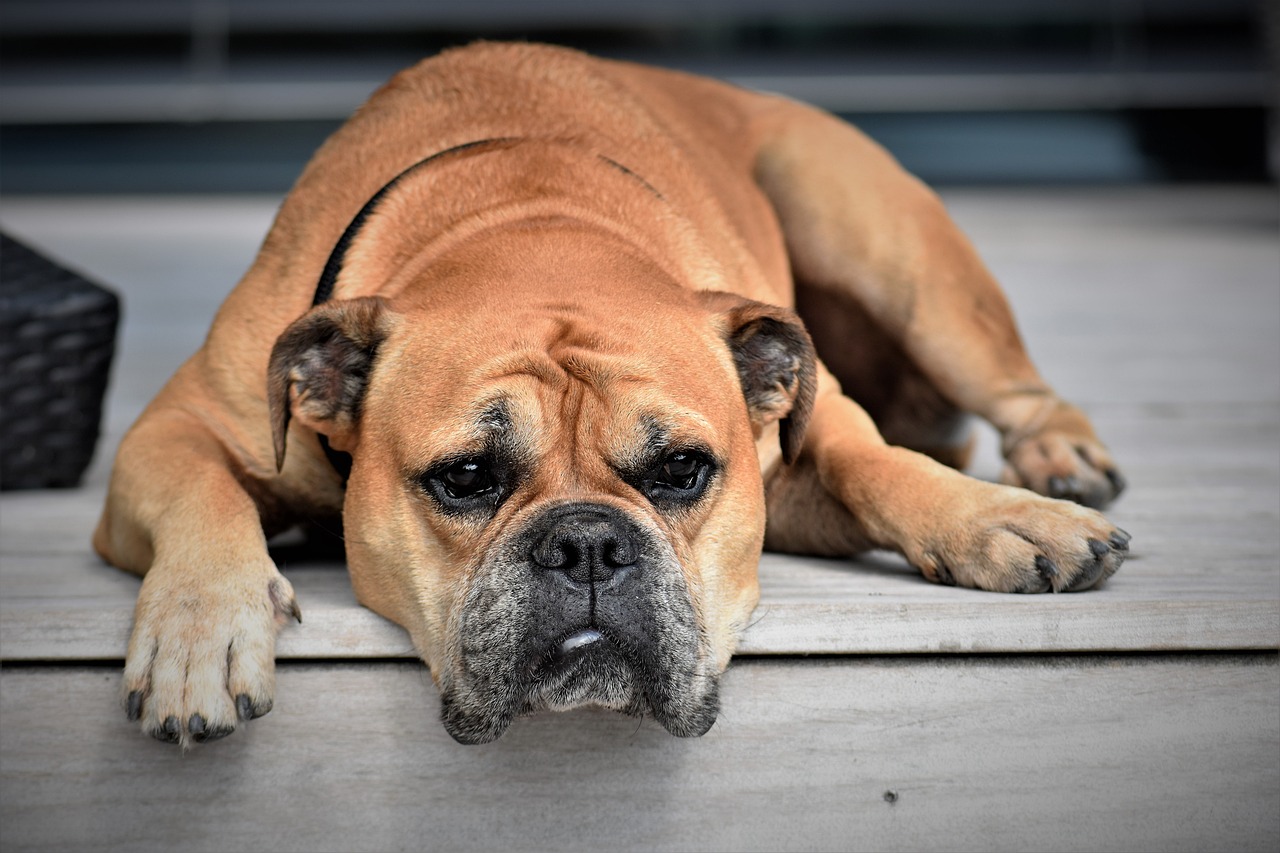
Protect Your Dog From Parvovirus: Essential Tips and Strategies
Understanding how dogs get parvo and recognizing the symptoms can make a significant difference in protecting your pet from this dangerous virus. By staying informed and being proactive, you can prevent infections and ensure your dog remains healthy and happy. Vaccination, good hygiene, and early intervention are important strategies in fighting parvovirus. Remember, if you suspect your dog has parvo, seek veterinary care immediately to give your pet the best chance for a full recovery.
![4 summer blends to share with your dog [Recipe]](https://news7g.com/wp-content/uploads/2022/07/4-summer-puptails-for-dogs-390x220.jpg)

